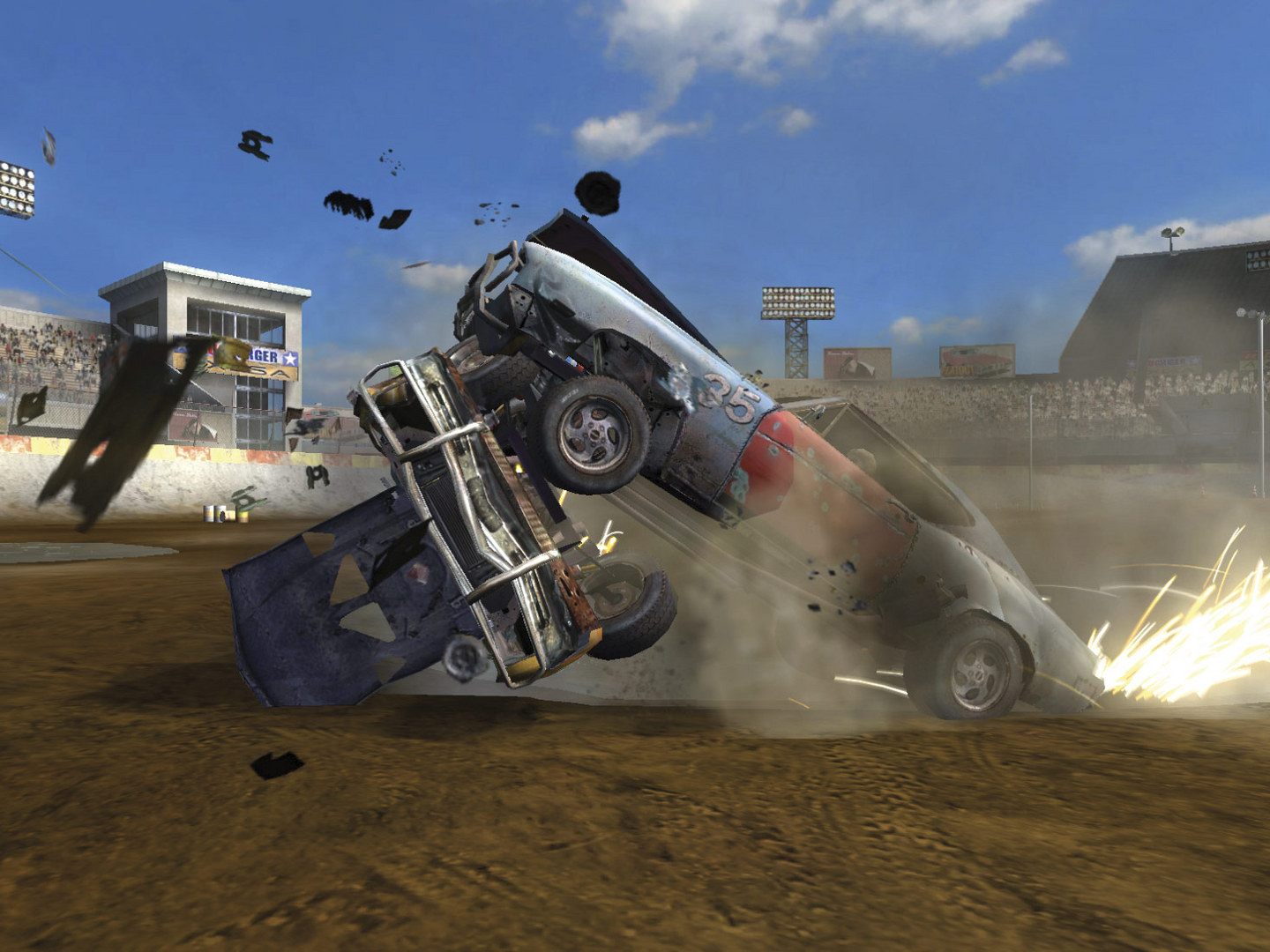

Ultimately, since the drivetrain is short, power loss is smaller and you get better efficiency, which translates into a smaller fuel consumption. This combo is also good during winter, because all the weight of the engine pushes right down on the power wheels, which get more grip on snowy roads this way. Reason why you also don’t get the big transmission tunnel and a rear differential which usually eats up passenger and baggage space. There is no need to send the power to the rear axle so you don’t get the extra driveshaft running along the center of the car.

The engine/gearbox combo is located at the front, usually transversally to the car, and all the power is sent to the front wheels, as the name suggests.įirst of all, it is an economic solution, reason why econoboxes are called that way. This is the most common layout you can find today. Proper braking, turn in, steering input, and throttle modulation can turn any FWD vehicle into just as potent of a track weapon as a RWD or AWD vehicle. Carry too much speed into a corner or just rely on more steering angle to solve your problems and you’ll end up in the barrier, but that’s true of any drivetrain setup. As your skill increases, you can rotate a vehicle and never have to take your foot off the throttle when cornering.
Flatout 2 car editor driver#
I, too, once wrote-off FWD vehicles as understeering contraptions, but after years of track driving and training from racing pros, I have a new appreciation for how much manipulation a driver can apply to a FWD car. To avoid going too far down the rabbit hole, I’ll simply say that contemporary vehicles come equipped from the factory to manage the maleficent torque-steer problem, so complaints about that issue carry far less virtue than they once did.Īs for understeer, that’s completely under the driver’s control. Other techniques include electronic differentials and power damping controls. shorter driveshaft, most modern vehicles only experience a “pull” on the steering wheel under full, from-a-stop, acceleration. By using intermediate shafts to reduce the flex of a longer v. I won’t attempt to deny that each of these issues is inherent to FWD configurations, but I will place some responsibility and blame on the driver in these circumstances.Īs FWD performance models – like the Volkswagen GTI and Ford Fiesta ST – become more powerful, torque steer can be more of an issue, but automakers have made incredible progress lately to nullify the condition. The second issue is called “understeer,” where maximum steering input paired with throttle pushes the vehicle to the outside of a corner. The first is called “torque-steer,” a phenomenon where the torque delivery overwhelms the front tires and “steers” them somewhat wildly, forcing the driver to cut down acceleration or fight the steering wheel. The complaints are pretty simple: since the front axle on a FWD car is in charge of steering and managing all the engine’s power (as opposed to just steering or only managing a portion of the power like other setups), two things can happen. Unjustly these vehicles have earned a bad reputation in the enthusiast community. I also separated the cars into each class for convenience.įirst, I feel it is my duty to defend the lot of front-wheel drive performance cars. This is just my opinions on which cars are better than others with explanations for each. No special vehicles on this list because I honestly have no clue where to rank those.Īlso, just let me preface this that every car in this game is viable and you can win with any car provided you're skilled enough.

I've put a lot of hours into this game, and I got bored and decided to make a tier list.


 0 kommentar(er)
0 kommentar(er)
